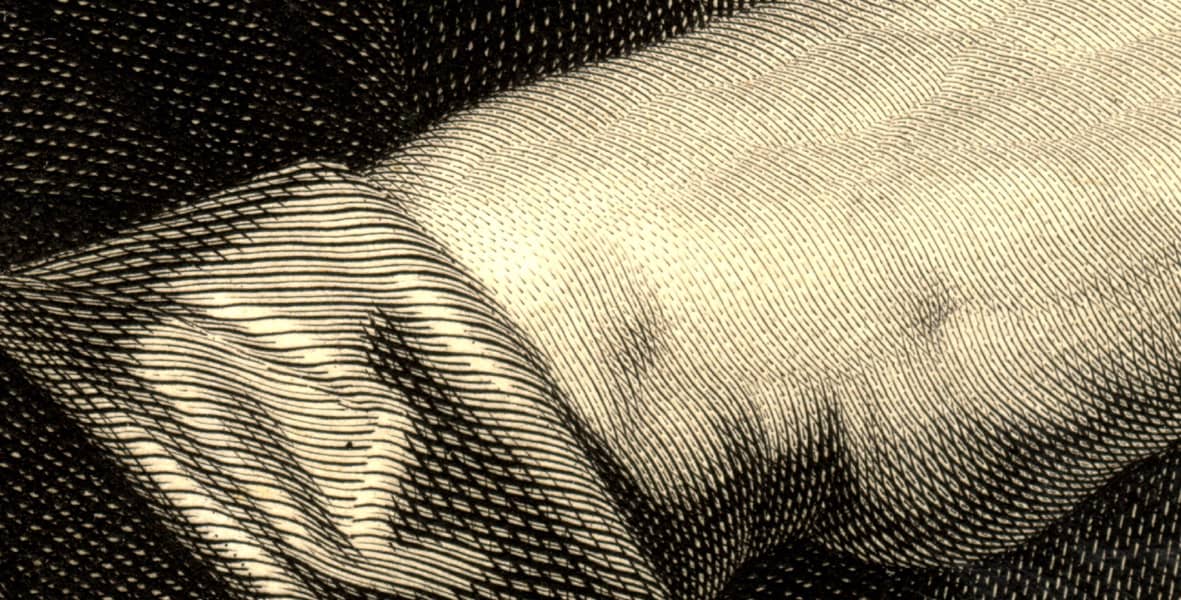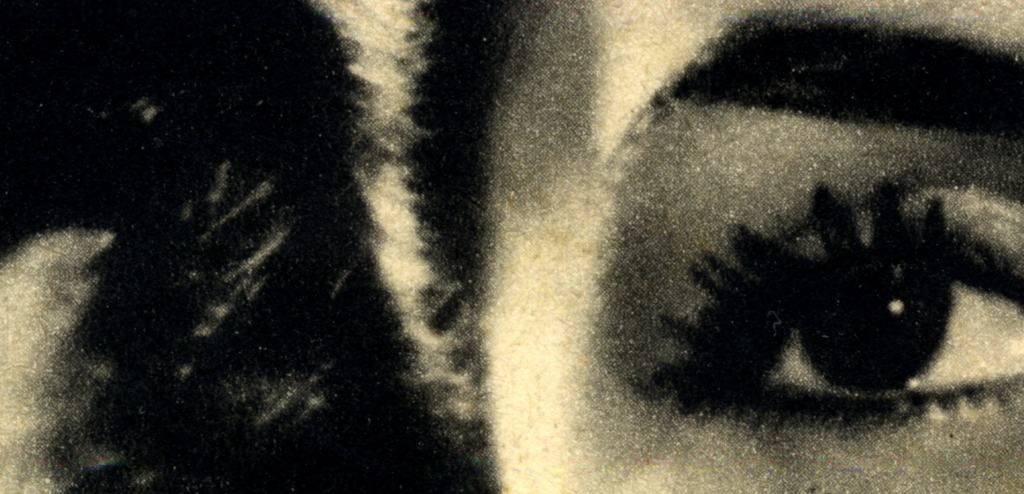Identification of prints
In cooperation with IADA (International Association of Book and Paper Conservators)
Lecturer: Hildegard Homburger,
Language: English
Participants: 8
Dates: Berlin, 12.-13. October 2020
Registration: hombu@freenet.de
Content
Artistic and industrial printing techniques undergo constant development. Modern technology allows a great variety of relief, intaglio, lithography, screen and digital print. Therefore, the artistic prints can no longer be limited only to the classical techniques. Artists are using the new technical possibilities with interest. Therefore in the identification of the artistic works we are also confronted with mechanical, mostly photomechanical techniques.
In the course both manual artistic printing techniques and photomechanical techniques are introduced. However, the focus of this course will be on the manual processes. The individual printing techniques with their numerous subgroups will be presented in detail during lectures.
In the practical part the two days offer the opportunity to look at a great number and variety of original prints under magnification and to practise the identification of their techniques. There are several stereo microscopes available. During these exercises the special characteristics of each technique will be worked out.
Identification of photomechanical prints
In cooperation with IADA (International Association of Book and Paper Conservators)
Lecturer: Hildegard Homburger
Language: English
Participants: max 8
Location: 10555 Berlin, German
Dates: Berlin, 28.-29. May 2020
Registration: hombu@freenet.de, www.hildegard-homburger.de
Fee: 290,- € IADA-members
335,- € non-members
Content
Within the total number of photomechanical prints, artistic works represent only a small part.
With the introduction of photography in the 19th century, printers no longer had to transfer the image manually onto the printing surface, but were offered the possibility to transfer the image by sensitizing the printing surface and exposing it to light, through a negative or positive depending on the printing technique.
With computer technology, negative or positive film is often no longer necessary. The image is transformed into dots by the computer and the image is transferred to the printing surface by light exposure in the machine.
Since their invention photomechanical printing techniques have continued to develop further. There are many similar variations of the same technique, each named differently by its inventor. This can be very confusing in the process of identification.
In this seminar the most important photomechanical techniques of relief, intaglio, planographic, screen and digital prints will be presented.
The different techniques (artistic and reproduction) will be examined by studying original prints under magnification. Two participants will share a stereo microscope. The distinctive characteristics of each technique will be worked out through close examination of the original prints, as exercises in identification.
The two day course provides an opportunity to look at a great number and variety of original prints under magnification and to develop skills in the identification of their techniques. There will also be the opportunity to compare photomechanical with manual prints.

